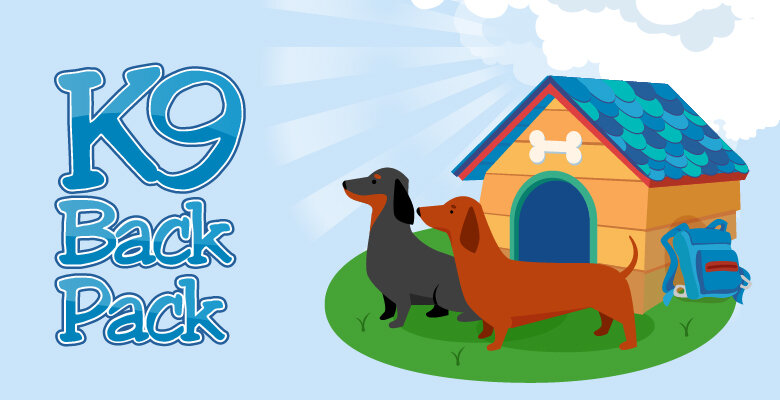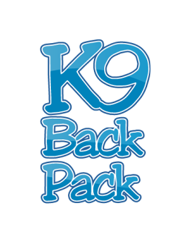Treatment Options
Conservative
(medications and rest)
Pros:
1. Economical.
2. Good rate of success in dogs with early symptoms (pain, wobbly walking, arched back).
Cons:
1. Not as successful in dogs with severe symptoms (not walking, no bladder or bowel control). When Deep Pain Sensation is absent, neither surgery nor conservative are always successful in returning the dog’s ability to walk
2. Disc material is not removed, so it might cause future issues with “pinched nerves”.
Medicines:
(Important: it is best to have blood work done to check for organ function when starting any anti-inflammatory particularly if the dog has not had blood work in the last 6 months or so).
Steroids, such as dexamethasone, prednisone, prednisolone, etc.
Pros:
1. Highly effective in many cases.
2. They reduce swelling fast.
3. Very economical.
Cons:
1. May cause gastric problems (vomit, diarrhea, ulcers). Must be given with gastric protectors.
2. Given for long periods at very high doses, or not tapered off correctly, could cause other medical issues, such as diabetes, pancreatitis, Cushing’s disease etc.
3. They should not be mixed with NSAIDs. A washout period is needed.
NSAIDs (non-steroidal anti-inflammatory drugs), such as Metacam, Rimadyl, Deramaxx, etc.
Pros:
1. Wide variety of options and presentations (pills, caps, liquids, chewables).
2. Can be given to dogs with immune system disorders or cardiac problems.
Cons:
1. In some dogs they don’t work as effectively as steroids.
2. Must be given with gastric protectors.
3. Could cause liver or renal problems.
4. They should not be given with steroids. A washout period is needed.
Analgesics (Pain Medications): such as Tramadol, Buprenex, Codeine, Fentanyl Patches.
Pros:
1. They control pain.
2. Can be mixed with other drugs.
Cons:
1. Some analgesics may cause nausea and/or lethargy.
2. Different analgesics have different absorption rates and some don’t work very long so they need to be given more often to control pain all day long. (Tramadol, for example, works for only 6 to 8 hours so may be best to give every 8 hours.)
Muscle Relaxers, such as Methocarbamol or Valium:
Pros:
1. They control muscle spasms, which are not uncommon, especially if the dog has a neck herniation.
2. Can be mixed with other drugs.
Cons:
1. Might make the dog sleepy.
Anti-neuritics, such as Gabapentin or Pregabalin.
Pros:
1. They control nerve pain, associated with neuropathy.
2. Can be given mixed with other drugs. Is often most effective when given in combination with Tramadol or an NSAID.
Cons:
1. They might need a few days to work.
2. Dose might need to be adjusted for it to work well for each dog.
Surgical treatment:
Pros:
1. Disc material is removed, the compression is immediately reduced and blood flow to the spinal cord is restored immediately. Surgery may reduce the risk of developing Myelomalacia. When Deep Pain Sensation is absent, then neither surgery nor conservative are all that successful in returning to dog’s ability to walk.
Cons:
1. Expensive. Cost can be anywhere between $3000 to $5000 US dollars, in some cases more, depending on your area.
2. Doesn’t guarantee the dog won’t have another herniation in the future.
Alternative treatments:
Acupuncture:
Pros:
1. Not expensive (depending on your area). It requires the dog to receive treatment via insertion of very fine needles on certain points of the body.
2. Requires NO manipulation of the spine.
3. Most dogs have a good response to it. Reduces swelling, pain and stimulates nerve healing.
Cons:
1. Some dogs do not have a good response to it (minority).
Laser treatment (Class IV Champion , Erchonia, LED therapies, etc.)
Pros:
1. Not expensive, non-invasive.
2. Requires no manipulation of the spine.
3. Most dogs have a very good response to it. Reduces swelling, pain and stimulates nerve healing.
Cons:
1. Not widely available in rural areas.
Chiropractic adjustments (VOM).
Pros.
1. Not expensive.
2. Some dogs respond very well to it.
Cons:
1. Requires spinal manipulation.
2. There have been a few dogs who have gotten worse after adjustments that required spinal manipulation.
3. Improper adjustments (not VOM, but spinal manipulations) not performed by veterinary specialists in chiro, could trigger a disc problem in another area of the spine. Can cause additional disc material to rupture out of a disc that has already ruptured.
Supplements:
Pros:
1. If the dog is otherwise healthy, can be safely given.
2. Some supplements (antioxidants (Vitamins C, E, CoQ10, etc) could help reduce neurological damage and stimulate the body’s immune system.
3. Some supplements (Glucosamine, chondroitin, Adequan) could help prevent or correct Osteoarthritis, which might present itself some time sometime after a herniation.
Cons:
1. There is controversy regarding the absorption or effectiveness of most supplements. There is no solid scientific proof that many supplements actually work or reach the discs; and for Vitamin E it is important to have been giving it prior to a disc problem.
2. Hardly any supplement will enter the disc and modify the condition (IVDD).

